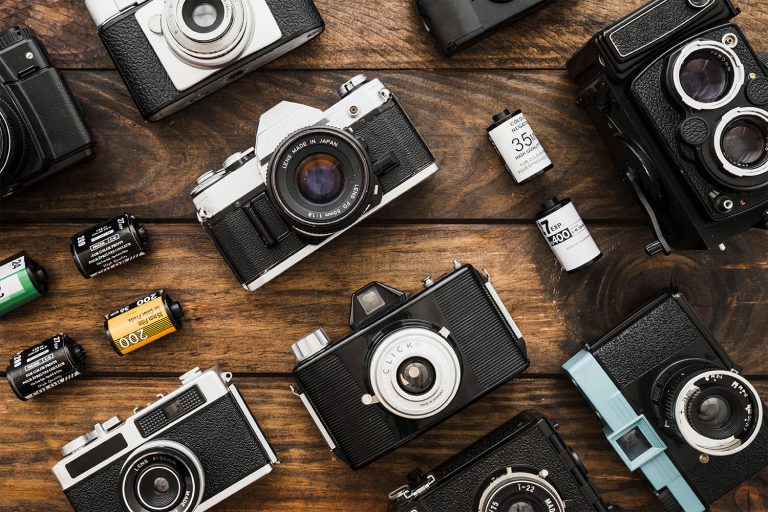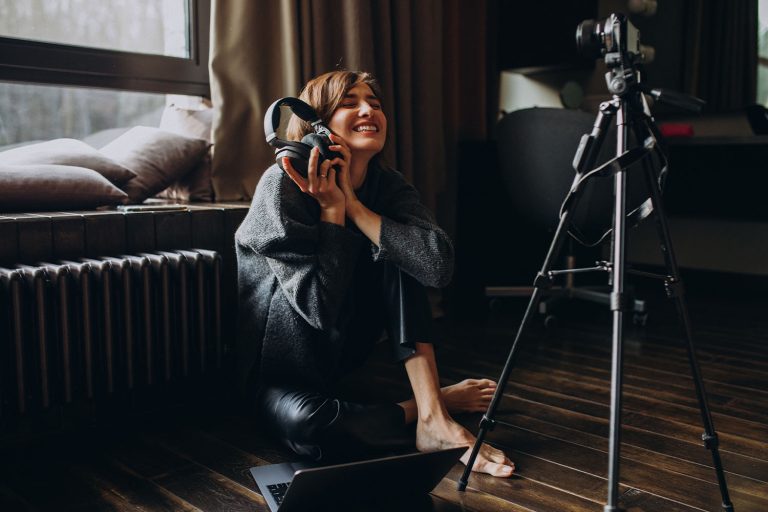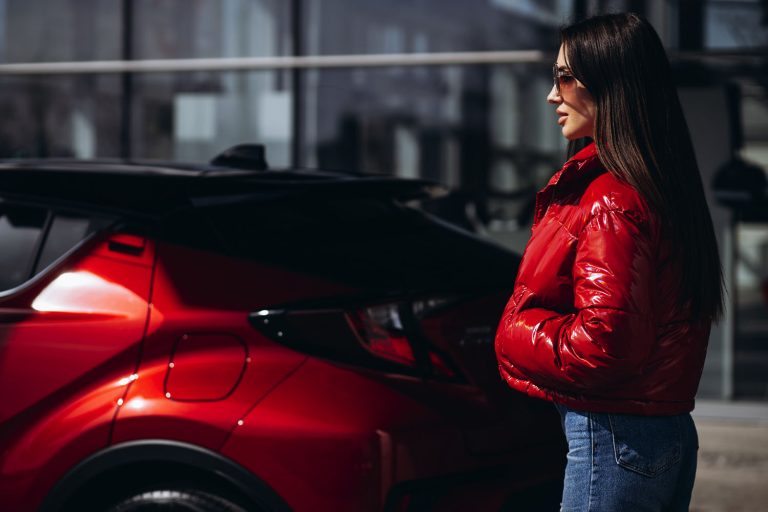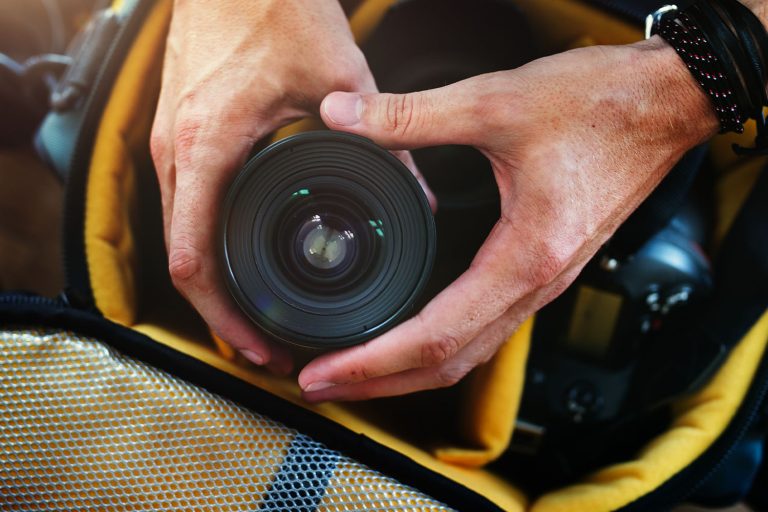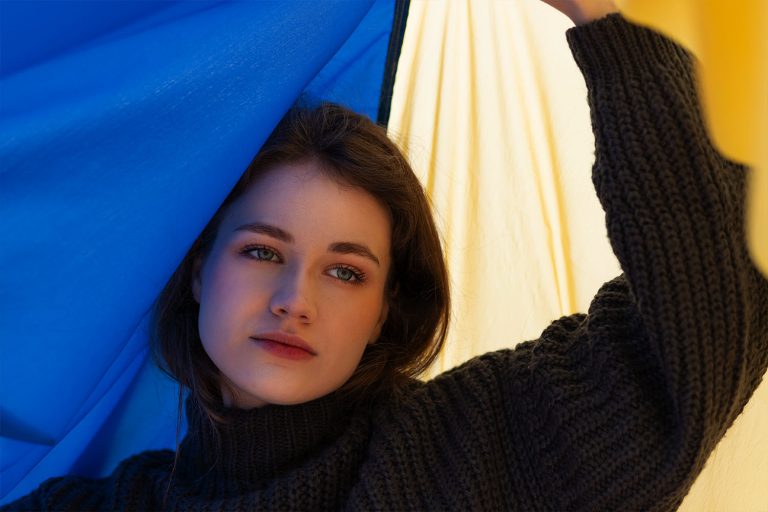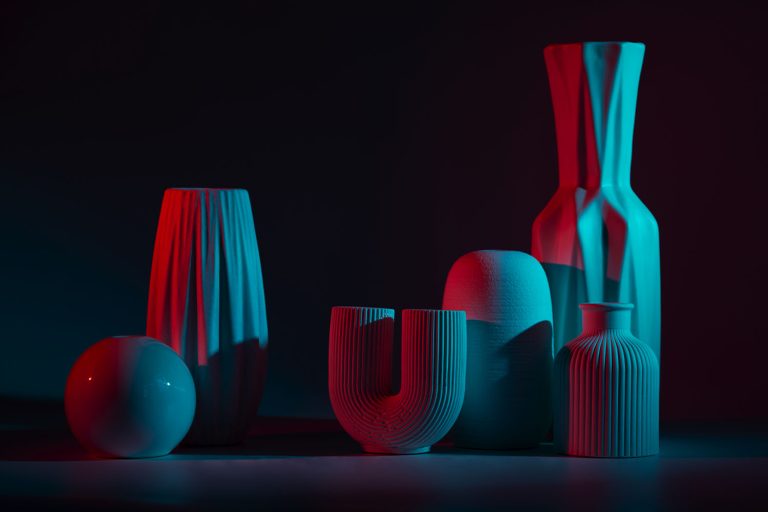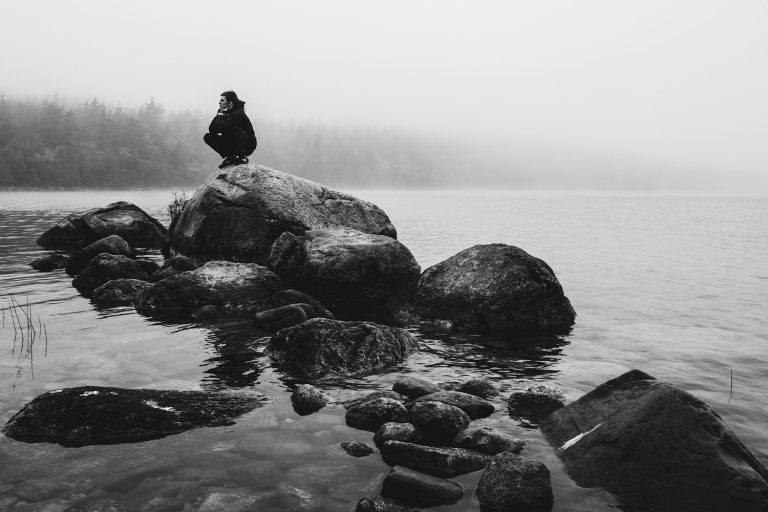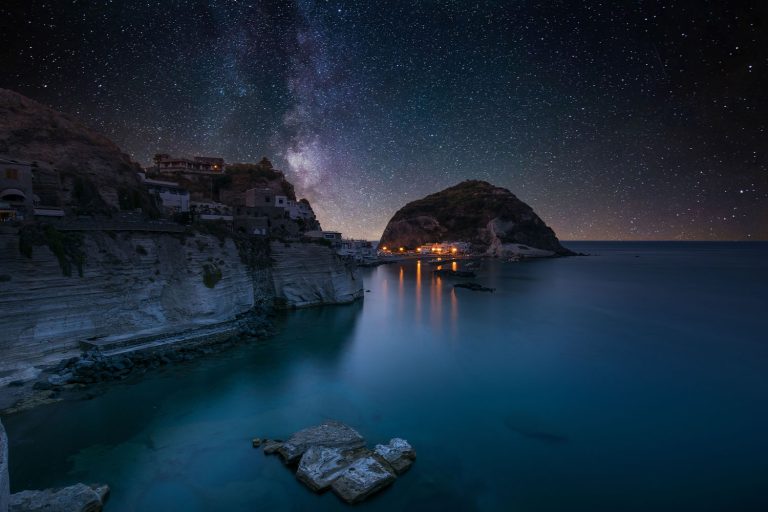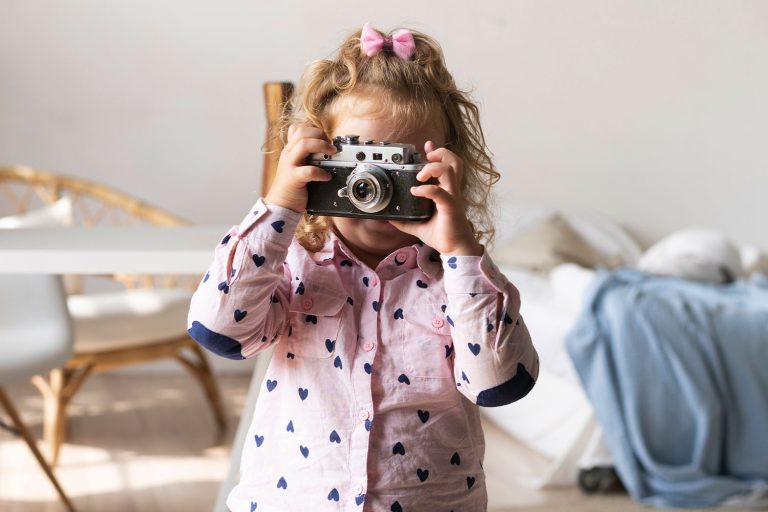The question of whether the quality of photos depends on technology has been relevant for decades. Even legendary photographers such as Henri Cartier-Bresson or Ken Rockwell argued about it: some believed that a modern camera was the key to success, while others insisted that the main thing was skill and creativity. Today, these discussions are still going on: some advise buying the most expensive equipment, hoping that it will do all the work for the photographer, while others urge to develop skills to get high-quality images even with basic equipment. In this article, we will analyze how the choice of equipment and practical experience affect the result, and whether an expensive camera really guarantees perfect shots.
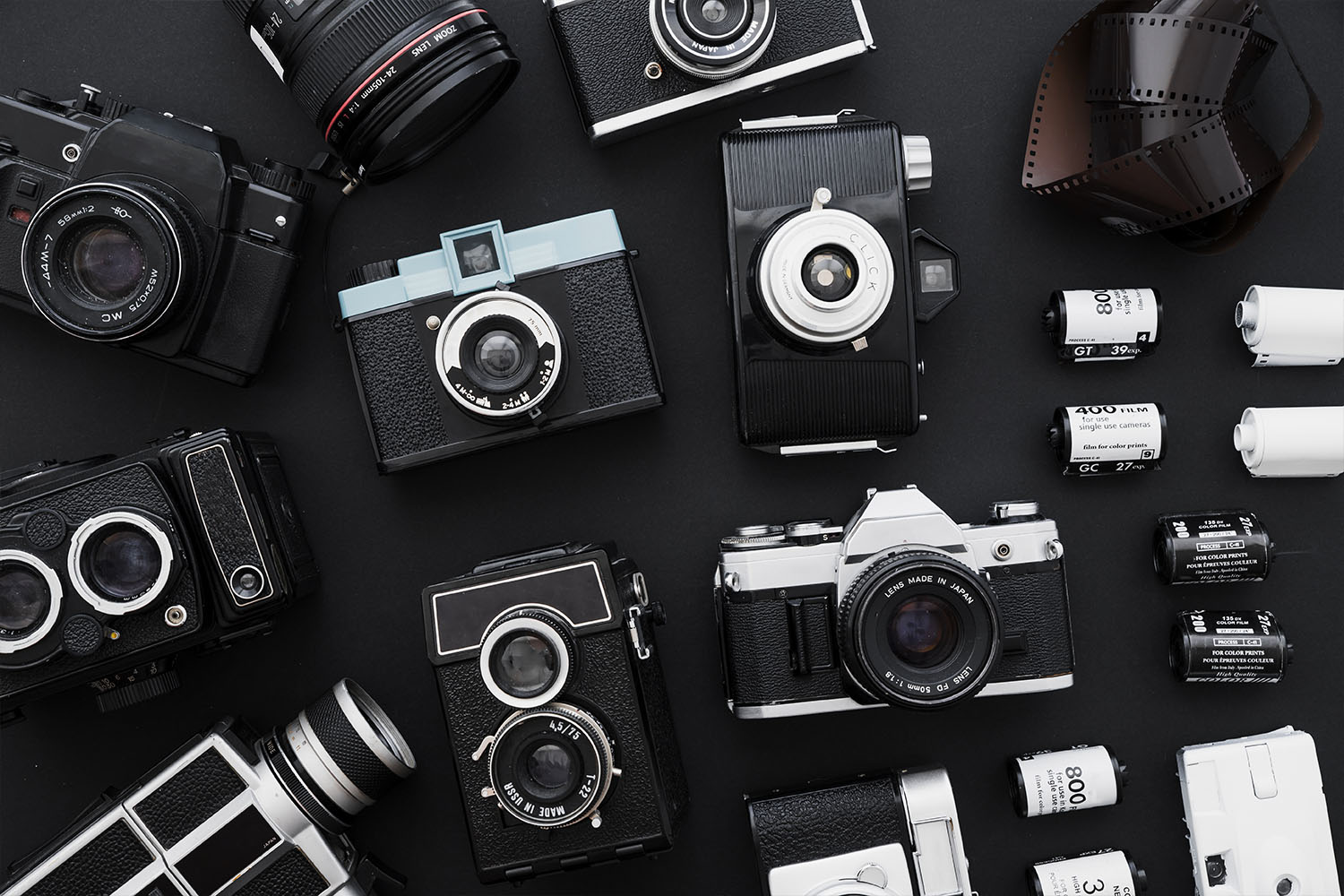
Choosing a camera: what you need to know
Modern photography enthusiasts often choose DSLR or mirrorless cameras, complementing them with a variety of accessories: lenses, filters, tripods, etc. Some even create their own modifications of the equipment, which allows them to add individuality to the equipment. This approach helps to improve the tools for shooting, but it has one significant drawback – it requires time, knowledge and understanding of the peculiarities of the equipment.
DSLRs are often bought just because they are fashionable, and their use is reduced to pressing the shutter button in automatic mode. This approach rarely produces quality results. If you’ve already invested in expensive equipment, don’t be too lazy to spend time learning about its capabilities. Start with the basic manual that comes with the camera. It will introduce you to key concepts such as exposure, shutter speed, aperture, and ISO. This knowledge will serve as a foundation for further development of your skills and help you understand how settings affect your results.
Professional photographers rarely focus on any one type of equipment. They choose their equipment depending on the conditions they are shooting in. For example, compact cameras are convenient for everyday use because they are easy to carry around, but the quality of their images is usually inferior to DSLR or mirrorless cameras. At the same time, you can’t put a DSLR in your pocket, and it can be inconvenient for spontaneous shots. There is no perfect one-size-fits-all solution in photography equipment – you always have to choose between compactness, image quality, or other characteristics. For example, a camera with a large sensor is better suited for landscape photography , while compactness may be more important for street photography.
How practical experience influences the choice of equipment
When buying an expensive camera, many beginners think: “The technology will do everything for me, I just need to press a button.” However, over time, they notice that the pictures are far from perfect, and sometimes look even worse than the photos taken on with simpler cameras. This makes you wonder: why is this happening? The answer is simple: creating high-quality photos depends not only on the equipment, but also on the photographer’s ability to work with it.
Studying your camera’s manual is the first step to understanding the shooting process. Over time, you will learn how to build a
composition, take into account lighting, adjust shutter speed and exposure. It is important not to limit yourself to monotonous
With experience comes the realization that certain shots require specific equipment. For example, you may notice that a lens with a higher aperture is needed to better detail the landscape, or that you need to slow down the shutter speed or add a filter to shoot in low light. This is how the need to upgrade equipment arises. In addition, cameras, like any equipment, wear out over time. By replacing your old equipment with a more modern one, you not only solve the problem of wear and tear, but also get access to new features, such as improved sensor sensitivity or faster autofocus, which expand your creative possibilities.
It’s also important to keep in mind the balance between equipment and skills. Even the most expensive camera can’t replace the ability to see
So, does the quality of the equipment affect the result? Of course it does, but only in combination with your skills and experience. An expensive camera can be a powerful tool in the hands of an experienced photographer, but without knowledge and practice, it will remain just an expensive gadget. Don’t be afraid to invest time in learning and experimenting – this is what will help you create images that will impress, whether you shoot with a professional DSLR or a compact camera. The combination of quality equipment and creativity is the key to creating photos you’ll be proud of!
